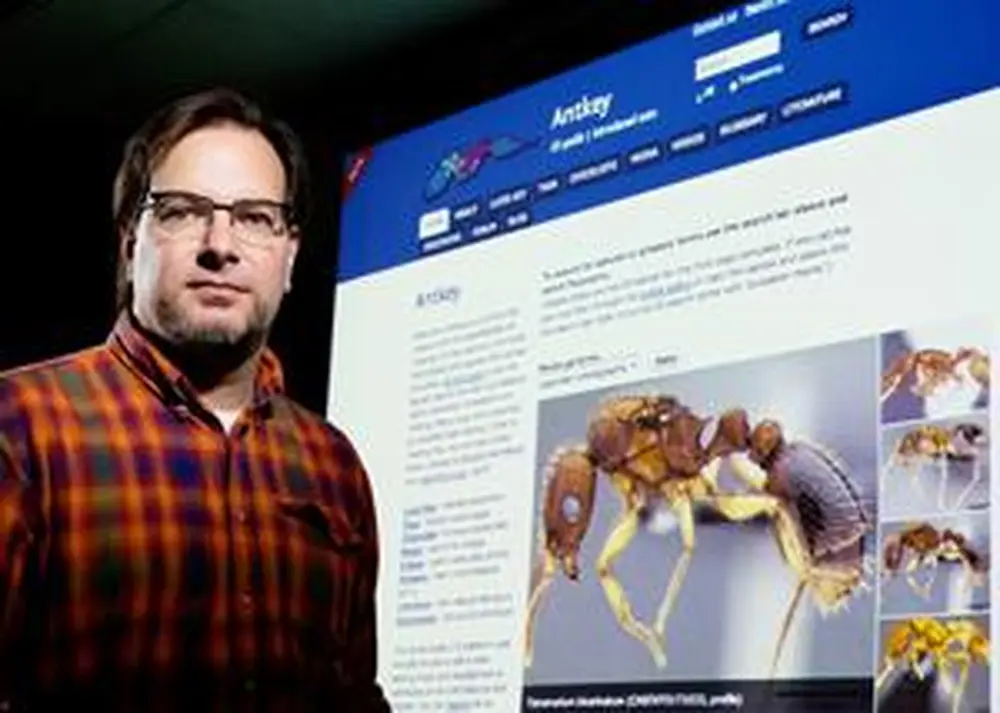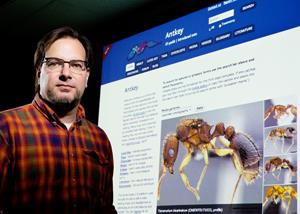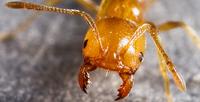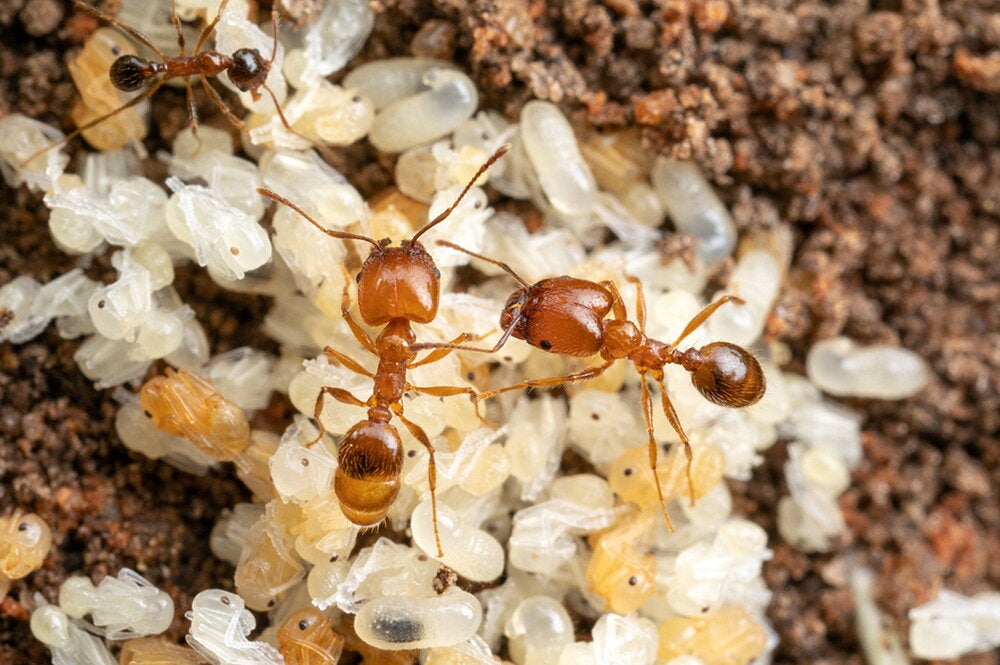

For most of us, ant control might be accomplished with the bottom of a shoe or maybe a few traps. Tasked with helping prevent infestations across an entire 2,000-mile national border, however, researchers at the U of I turned to the Internet.
They created Antkey, an interactive website that the U.S. Department of Agriculture can use to better inspect incoming traffic from Mexico for pests. The website includes more than 1,150 images and 70 video clips to identify invasive ant species.
The problem is big enough to give an entire economy ants in its pants. Roughly $1 billion in cross-border commerce takes place every day between the United States and Mexico. And as goods flow into the U.S., pests can hitch a ride, setting up house and threatening agriculture.
The U.S. Department of Agriculture inspects cross-border commerce for pests. If an ant infestation is detected, the current protocol calls for sending a sample to the U.S. Entomological Collection in Washington, D.C., where curators decide if the ants pose a threat.
The process takes time and costs money, however. That’s why Andy Suarez, a University of Illinois professor of entomology and of animal biology, developed Antkey with postdoctoral researcher Eli Sarnat. Their goal was to help non-specialists in quarantine and border facilities around the United States make the process of ant identification faster, more efficient, and more user friendly.

Typical taxonomic keys rely on identifiers and scientific jargon that may be hard for anyone except ant specialists to understand. However, Antkey uses a more interactive system called a “lucid key” to make the process easier.
“With a lucid key, you could put in two or three different descriptive pieces of information and then all of the species in the key that don’t match that description are removed and the key changes to show only what’s left,” Suarez says.
The key then asks specific questions that help users differentiate between the remaining species.
As researchers learn more about the invasive ant species becoming established in the U.S., the researchers anticipate that Antkey will continue to grow and make it even simpler for users to identify the ant invaders. That could even include you as you defend your kitchen floor.
“In the future, by incorporating more resources like video and pictures and making the key simpler, in theory, anyone who is an enthusiast or a concerned farmer or homeowner can actually figure out what all the ants that might be infesting their property are,” Suarez says.
Section 10201 of the 2008 Farm Bill and the Encyclopedia of Life Rubenstein Fellowship program supported this research.


